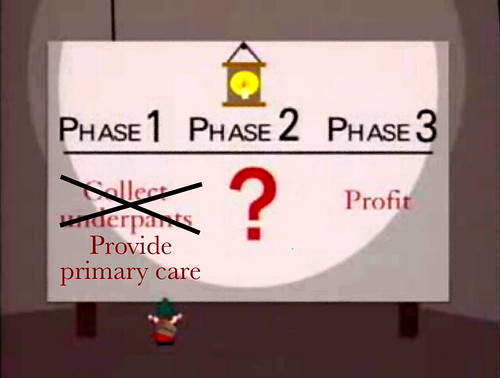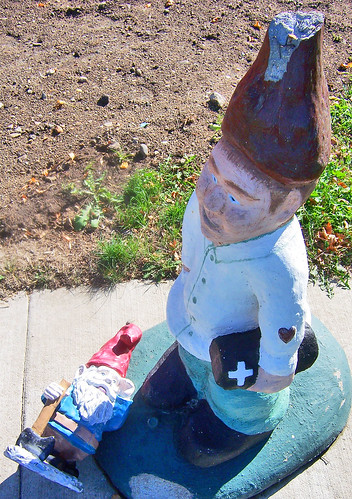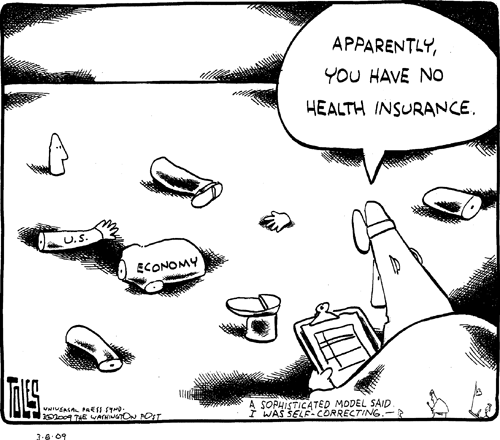
A survey published 3 days ago in the New England Journal of Medicine says that 63% of doctors support the public option.
When you compare this to the American Medical Association's stand opposing the public option, it is no wonder that groups like Sermo, a growing online physician community, say that "the AMA does not speak for me".









